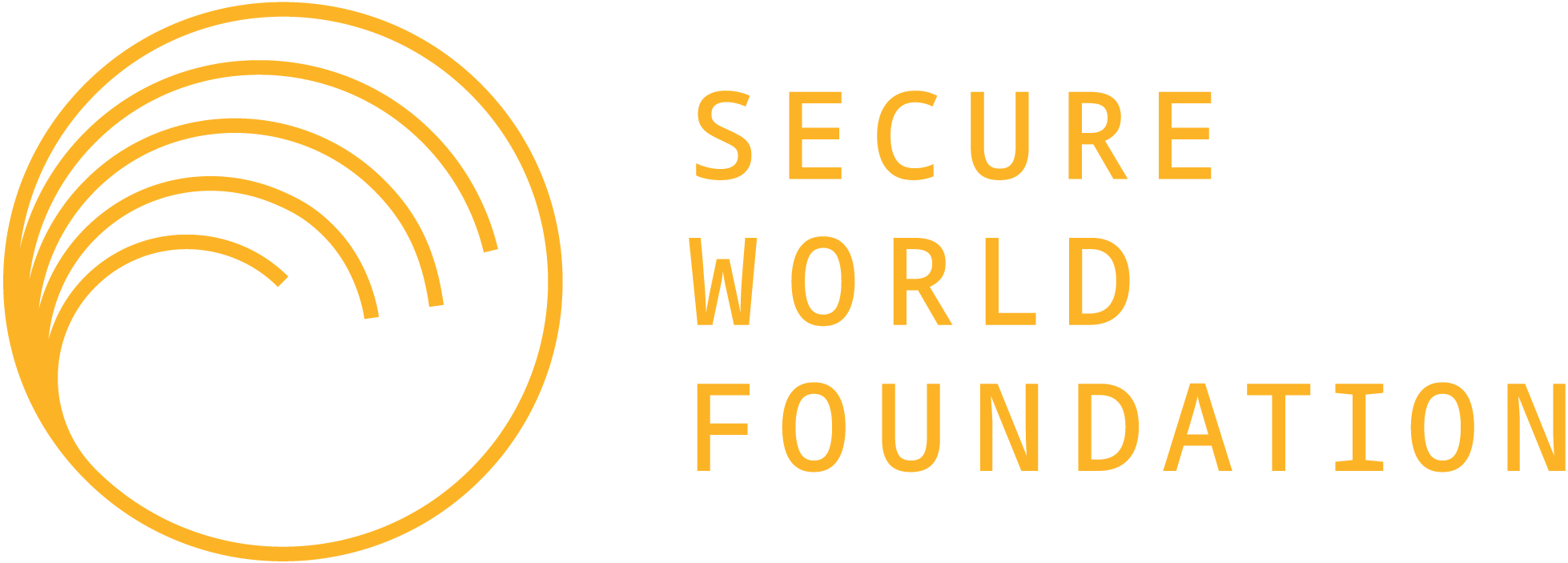Is Spectrum Shifting the Playing Field for the Weather Enterprise? Spectrum Considerations for Weather Satellite End Users
When: Tuesday, October 1, 2019
Time: 12:15 PM - 1:15 PM
Where: 2019 Joint Satellite Conference; Westin Boston Waterfront - Marina Ballroom III & IV
Many earth scientists unknowingly use special allocations of spectrum that are reserved for the collection and transmission of hydrometeorological data, particularly involving weather satellites. These allocations, for example, provide rebroadcasts of geostationary weather satellite imagery, transmit National Oceanic and Atmospheric Administration (NOAA) data to academic and industry partners, and enable passive microwave sensing of weather systems over the ocean. Data received through these allocations are paramount to achieving the best possible timeliness and quality of weather forecasts and warnings. Satellite observations of Earth’s atmosphere are a major contributor to weather and climate research, and improve the predictions from numerical weather prediction models.
However, the spectrum allocations for meteorological observations and earth exploration is potentially becoming threatened from proposals to deploy 5G and other advanced networks in adjacent bands, introducing risk and uncertainty for longstanding remote sensing applications. Because scientists and other users of weather data do not typically follow the complex and technical government spectrum proceedings, there is limited advocacy from those who could be impacted most and could best convey the true value of certain spectrum allocations for science.
In order to illustrate the wide range of potential impacts to weather satellite observations and timely earth science data transmissions, this panel, at the 2019 Joint Satellite Conference, discussed various spectrum proposals and how they might impact earth science research and users of earth-observing satellite imagery and products. The panel also explained the regulatory environment and challenges to a brokered discussion on the relative merits of competing needs for spectrum allocations. This event occured shortly after the close in public comments to the FCC on the NPRM related to GOES real time data access (1675-1680 MHz) and just prior to the start of the World Radio Conference where discussions will include the rules around the global deployment of 5G technologies, including spectrum resources closely adjoining passive remote sensing observations for numerical weather prediction (especially near 23.8 GHz).
Speakers:
- Elliot Eichen, 2018-2019 IEEE-USA Congressional Fellow, and former Director of R&D, Verizon Communications
- Jordan Gerth, Physical Scientist, National Weather Service Office of Observations
- Dave Lubar, Senior Project Leader, Civil Spectrum Management, Civil Systems Group, The Aerospace Corporation
- Ryan Terry, Director, Regulatory Licensing and Policy, Lockheed Martin Corporation
Session Co-chairs:
- Renee Leduc, Founder & Principal, Narayan Strategy
- Krystal Wilson, Director of Space Applications Programs, Secure World Foundation
Event Materials:
For more information, please contact Director of Space Applications Programs, Krystal Wilson.

 Share
Share